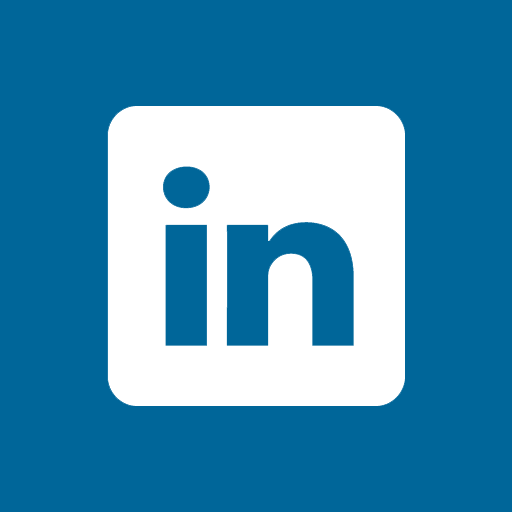Gallbladder, Gallstones, Symptoms & Management

Overview:-
Gallbladder a reservoir pouch organ at the undersurface of liver. It is an important anatomical landmark indicates boundary line between the right and left lobes of the liver.
The gallbladder is supplied by the cystic artery which in 95% of cases is a branch of the right hepatic artery; its wall is composed of different tissues including muscular and lymphatic ones and lined by mucosal epithelial membrane.
The cystic duct joins the common hepatic duct to form the common bile duct. Bile is formed and secreted by the liver to be stored and concentrated by the gallbladder and under various hormonal and nervous signals squeezed by the gallbladder downstream to the intestine; normally a volume of 600 ml of bile is secreted daily. Bile is composed mainly of water, different salts(inorganic), bile pigments(bilirubin) , bile acids& salts, proteins and different types of fats(cholesterols) .
Functions of Gallbladder:-
- Store the bile.
- Concentrate bile by absorbing excess water and salts.
- Secretes mucus.
- Squeeze bile on need.
Diseases of gallbladder:-
The most common disease is Gallstones formation which is a result of precipitating solid materials inside the cavity of the bladder. 70% of Gallstones is composed of cholesterol, bilirubin and calcium, and may be formed of pigments stone and or calcium bilirubin-ate. The condition could be asymptomatic which is usually discovered accidentally or could be symptomatic related to chronic or acute inflammation of gallbladder presented by acute severe pain(biliary colic) at the right upper abdomen, or related to acute cholecystitis which in addition to the above could be associated by fever, chills and even septic shock.
Pass(migration) of stones to the bile ducts and common bile duct(CBD) may initiate inflammation and infection( cholangitis) and even acute pancreatitis( usually the CBD and Pancreatic duct open at a single site in the duodenum) and this can cause a more serious morbidity presented as acute obstruction of biliary system known as obstructive jaundice( seen as yellow discoloration of solera and other parts of the body which necessitates multiples urgent endoscopic intervention to clear the obstruction and prevent imminent septicemia.
Diagnosis of Gallstones:-
- Medical history including symptoms, sings and clinical examination, lab tests especially liver functions.
- US (ultrasound imaging) is the cornerstone in diagnosing gallbladder diseases, bile ducts stones and/or dilatation which indicates CBD obstruction necessitates ERCP intervention prior to removal of gallbladder( Cholecystectomy).
Treatment of Gallstones:-
In addition to the conventional and adjuvant medical treatments such as antibiotics, IV fluids, and supporting medications, Cholecystectomy ,whether Laparoscopic or surgical ,is the ideal one. Laparoscopic intervention is currently the preferred one , it is a simple procedure especially in early diagnosis of Cholecystitis/Chole-lithiases and prior to serious complications. The procedure is usually done as a day case and patient can leave hospital in the same day or within a 24hours at maximum. It is obvious that the procedures surmounted other options manifested by small surgical wounds( tiny holes),less postsurgical pain, incomparable complications such as infections, incisional hernias and others alike , and not to mention the most important of early resuming work , regular day activities and other life entertainments.






